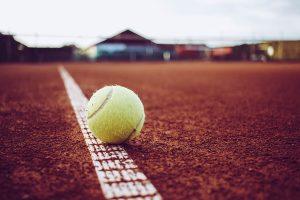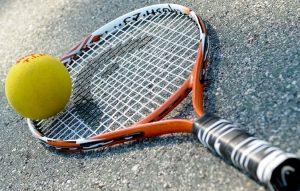We may earn money or products from the companies mentioned in this post.
Brief History of Tennis Balls
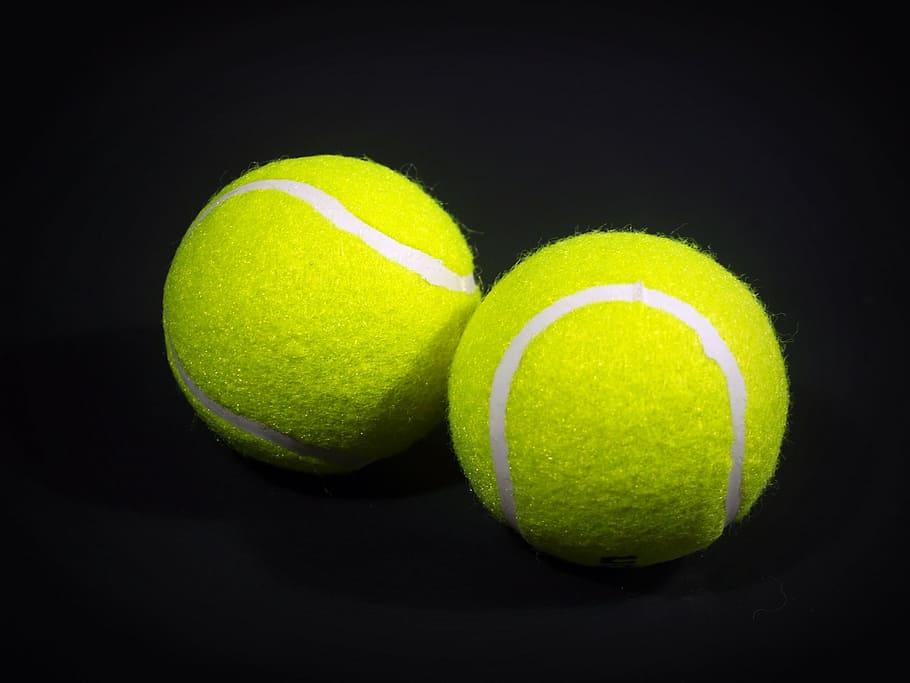
When we think of tennis, one of the first things that come to mind is the iconic yellow ball But have you ever wondered how this essential component of the game came to be? Let’s take a journey through time and explore the fascinating history of tennis balls
Tennis balls have been around for centuries, with their origins dating back to ancient civilizations In early forms of tennis, players used balls made from various materials such as cloth, leather, and even human hair! These primitive balls were far from perfect – they lacked consistency in size, weight, and bounce It wasn’t until the 19th century that a breakthrough occurred
In 1870, Major Walter Clopton Wingfield revolutionized the game by introducing modern lawn tennis Alongside this innovation came the development of a standardized tennis ball The new ball was made from rubber and covered in a layer of flannel This design allowed for better control and enhanced durability on grass courts
Purpose of the Blog: To Understand Why Tennis Balls are Sealed
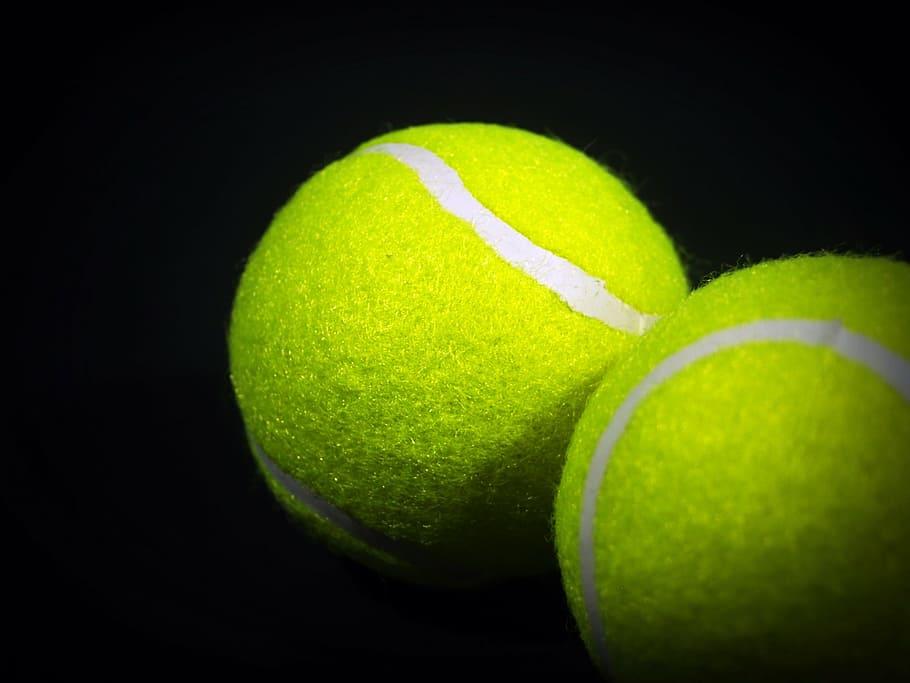
Now that we have delved into the past, let’s turn our attention to an intriguing question: why are tennis balls sealed? You may have noticed that every canister of tennis balls comes tightly sealed with a metal top or plastic wrap But what purpose does this seal serve?
Preserving Freshness and Consistency
The primary reason for sealing tennis balls is to preserve their freshness and maintain consistent performance over time Tennis balls are pressurized with air inside their core to provide optimal bounce during gameplay However, over time, these pressurized gases can escape through microscopic pores in the rubber shell
The seal acts as a barrier against air leakage, keeping the pressure intact within each ball This ensures that when you open a canister, the balls are ready to deliver a consistent bounce and playability, just as they were when they left the factory
Preventing Contamination
Another crucial purpose of the seal is to protect tennis balls from contamination Whether it’s dust, dirt, or moisture, external elements can negatively impact the performance of the balls By sealing them tightly, manufacturers ensure that no unwanted substances enter the canister and compromise the quality of the balls
Additionally, sealed tennis ball cans offer protection during transportation and storage The seal helps guard against any accidental damage or tampering before reaching consumers’ hands
A Symbolic Unveiling
The act of opening a sealed canister of tennis balls also holds a symbolic significance for players It signals the beginning of a new match or practice session—an exciting moment filled with anticipation and possibilities Just like unwrapping a gift, breaking that seal adds an element of excitement and readiness to step onto the court
In conclusion, understanding why tennis balls are sealed gives us insight into their history and functionality From preserving freshness and consistency to preventing contamination, this small but essential seal plays a significant role in ensuring optimal performance on the court
Manufacturing Process of Tennis Balls
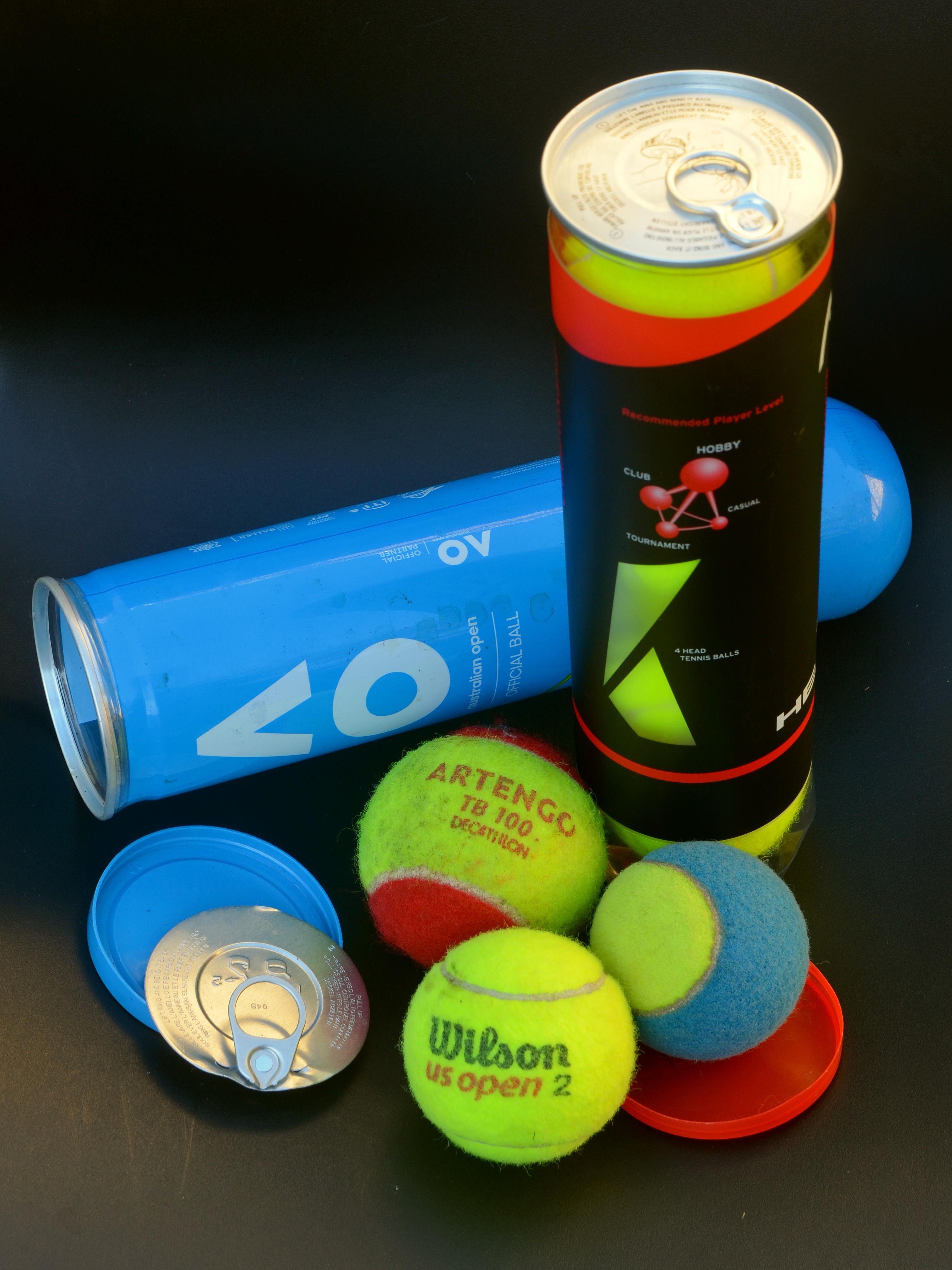
Tennis balls may seem like simple objects, but their manufacturing process involves careful attention to detail and the use of specific materials In this article, we will explore the key components involved in making a tennis ball and delve into the role of air pressure in its production
Materials used in making a tennis ball
The construction of a tennis ball begins with two main materials – rubber and felt The rubber core forms the innermost part of the ball and provides it with its characteristic bounce This core is made from a specialized rubber compound that ensures optimal performance on different playing surfaces
On top of the rubber core lies the felt covering, which plays a crucial role in both the feel and durability of the ball The felt is typically made from nylon or wool fibers woven tightly together to form a dense outer layer This covering not only enhances grip but also helps maintain consistent flight characteristics during play
Role of air pressure in the manufacturing process
Air pressure is a critical factor in determining how a tennis ball performs on the court Different types of tennis balls are manufactured based on their internal air pressure levels:
-
Pressurized balls:
These are the most commonly used type of tennis balls They feature an internal pressure ranging from 12 to 14 pounds per square inch (psi). Pressurized balls are sealed with pressurized gas inside, giving them their familiar bounce and responsiveness -
Non-pressurized balls:
Also known as “pressureless” or “training” balls, these have no internal gas pressure Instead, they rely solely on their solid construction for bounce and durability Non-pressurized balls are often used for practice sessions and recreational play
The air pressure within pressurized balls affects their overall performance on the court When a tennis ball is struck, the compressed air inside the ball acts as a spring, allowing it to rebound forcefully off the racket strings Higher internal pressure leads to greater bounce and liveliness, making pressurized balls more suitable for competitive matches
Conversely, non-pressurized balls have a more controlled and consistent bounce due to their solid construction They are less affected by changes in temperature or altitude, making them ideal for practicing shots and developing technique
In conclusion, the manufacturing process of tennis balls involves careful selection of materials such as rubber for the core and felt for the covering The choice between pressurized and non-pressurized balls determines their performance characteristics on the court Whether you’re playing a casual game or competing at a professional level, understanding the role of air pressure in tennis ball manufacturing can help you choose the right type of ball for your game
Reasons for Sealing Tennis Balls
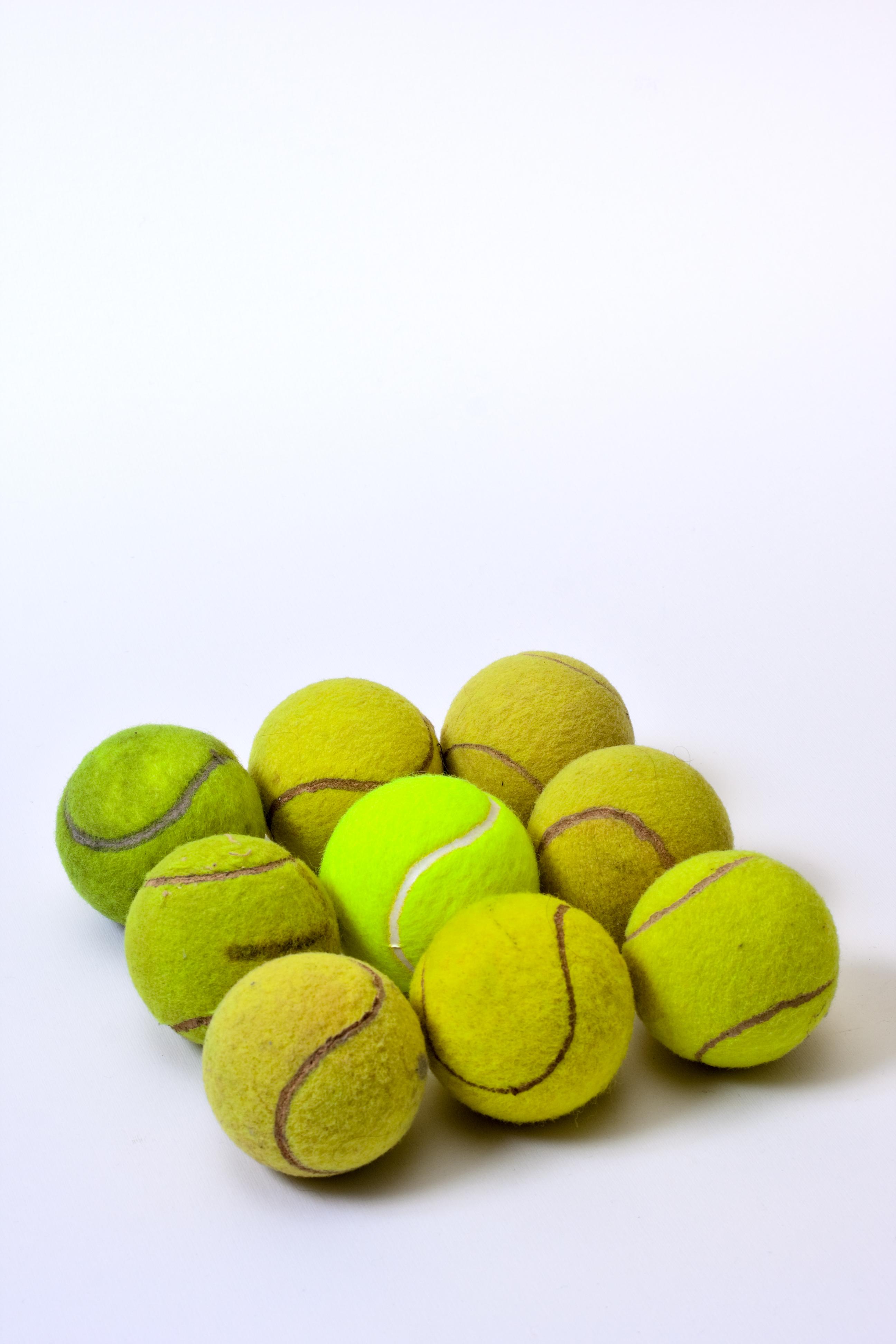
When it comes to the game of tennis, every player knows that having a properly pressurized tennis ball can make all the difference in their performance on the court But have you ever wondered why tennis balls come sealed in a canister? Let’s explore the reasons behind this practice
Maintaining optimal air pressure inside the canister
One of the main reasons for sealing tennis balls is to ensure that they maintain their optimal air pressure over time When a tennis ball is exposed to external factors such as temperature changes or rough handling, it can gradually lose its internal pressure This leads to depressurization, which in turn affects the bounce and playability of the ball
By sealing tennis balls in a canister, manufacturers are able to create a controlled environment where air pressure remains stable This means that when you open a fresh can of tennis balls, you can be confident that each ball will have consistent bounce and playability, enhancing your overall experience on the court
Preserving ball freshness and quality
In addition to maintaining optimal air pressure, sealing tennis balls also helps preserve their freshness and quality for longer periods of time When left exposed to external elements such as dust or moisture, tennis balls can quickly accumulate dirt and lose their original texture
The seal on the canister acts as a protective barrier against these external elements, keeping your tennis balls clean and free from contamination Furthermore, by preventing exposure to moisture, it helps prevent any potential degradation of the felt covering on the surface of the ball
Overall, sealing tennis balls serves multiple purposes beyond simply packaging them neatly in a container It ensures that players have access to consistently pressurized balls with optimal bounce and playability while also preserving their freshness and quality for extended periods So, the next time you crack open a fresh can of tennis balls, remember the thoughtfulness that goes into their packaging
Tips on Storing and Using Sealed Tennis Balls

How to Properly Open a Sealed Canister
Opening a canister of sealed tennis balls may seem like a simple task, but there are a few things to keep in mind to ensure safety and freshness First and foremost, it’s important to handle the seal with care Use a firm grip and avoid using excessive force that could potentially cause injury Once the seal is broken, take a moment to appreciate the satisfying pop!
To maximize the freshness of your tennis balls after opening, it’s recommended to avoid touching them with bare hands Oils from your skin can transfer onto the surface of the balls, affecting their performance over time Instead, consider wearing clean gloves or using a cloth when handling the newly opened tennis balls
Best Practices for Storing Opened Tennis Balls
After enjoying some exciting matches on the court, you’ll want to store your opened tennis balls properly to maintain their quality for as long as possible One effective method is investing in storage containers specifically designed for tennis balls These containers often feature an airtight seal that helps preserve their bounce and feel
When choosing a location for storing your opened tennis balls, aim for an environment that is cool and dry Extreme temperatures or exposure to moisture can negatively impact their performance Additionally, try to keep them away from direct sunlight as prolonged exposure can cause fading or deterioration of the rubber
How Long Can You Expect Your Opened Tennis Balls to Last?
The lifespan of opened tennis balls can vary depending on various factors such as frequency of use and storage conditions On average, you can expect them to maintain their optimal performance for around 2-3 weeks before experiencing noticeable changes in bounce and felt texture
However, even after this period, they can still be used for practice sessions or recreational play Keep in mind that while the bounce may not be as lively, they can still provide adequate enjoyment on the court It’s always a good idea to rotate your tennis balls regularly to ensure you’re playing with the freshest ones available
Recycling and Disposing of Old Tennis Balls
When it’s finally time to bid farewell to your beloved tennis balls, consider recycling them instead of simply tossing them in the trash Several organizations and initiatives exist that collect old tennis balls and repurpose them for various purposes such as dog toys or even as cushioning material in construction projects
If recycling is not an option, check with your local waste management facilities or recycling centers for guidance on proper disposal methods They will be able to provide information on whether the tennis balls can be included with regular recyclables or if special procedures need to be followed
Useful Links
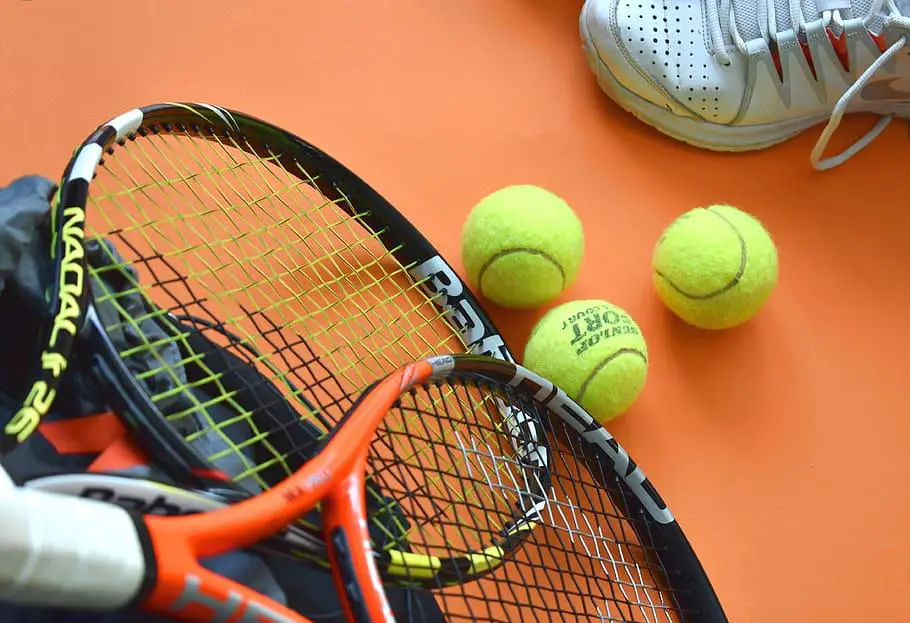
Why Are Tennis Balls Pressurized? Professionals Advice
Why Are Tennis Balls Pressurised And How Are They …
Why Do Tennis Balls Come in Pressurized Cans?
Pressureless Tennis Balls vs Pressurized …
Why Are Tennis Balls Pressurized? Reasons & Science …
Do Tennis Balls Expire?
How Long Do Tennis Balls Last?
US5083415A – Method for sealing tennis ball container …
Vintage Tennis Balls New Sealed Unopened Metal Can …
Tennis ball
Penn Tennis Balls | Definitive Product & Buyer’s Guide
How Long Do Tennis Balls Last?
What manufacturer made the first pressure packed can of …
Why Do Tennis Balls Come in a Can? (Pressure, Bounce, …
SEALED CAN Wilson Match-point Tennis Balls Key wind
Sealed Spalding Extra Duty 3 Championship Tennis Balls
How to Choose the Right Tennis Balls
Tins, Cans, and Cartons – International Tennis Hall of Fame
Bestope 3Pcs Tennis Balls Highly Elastic Durable …


